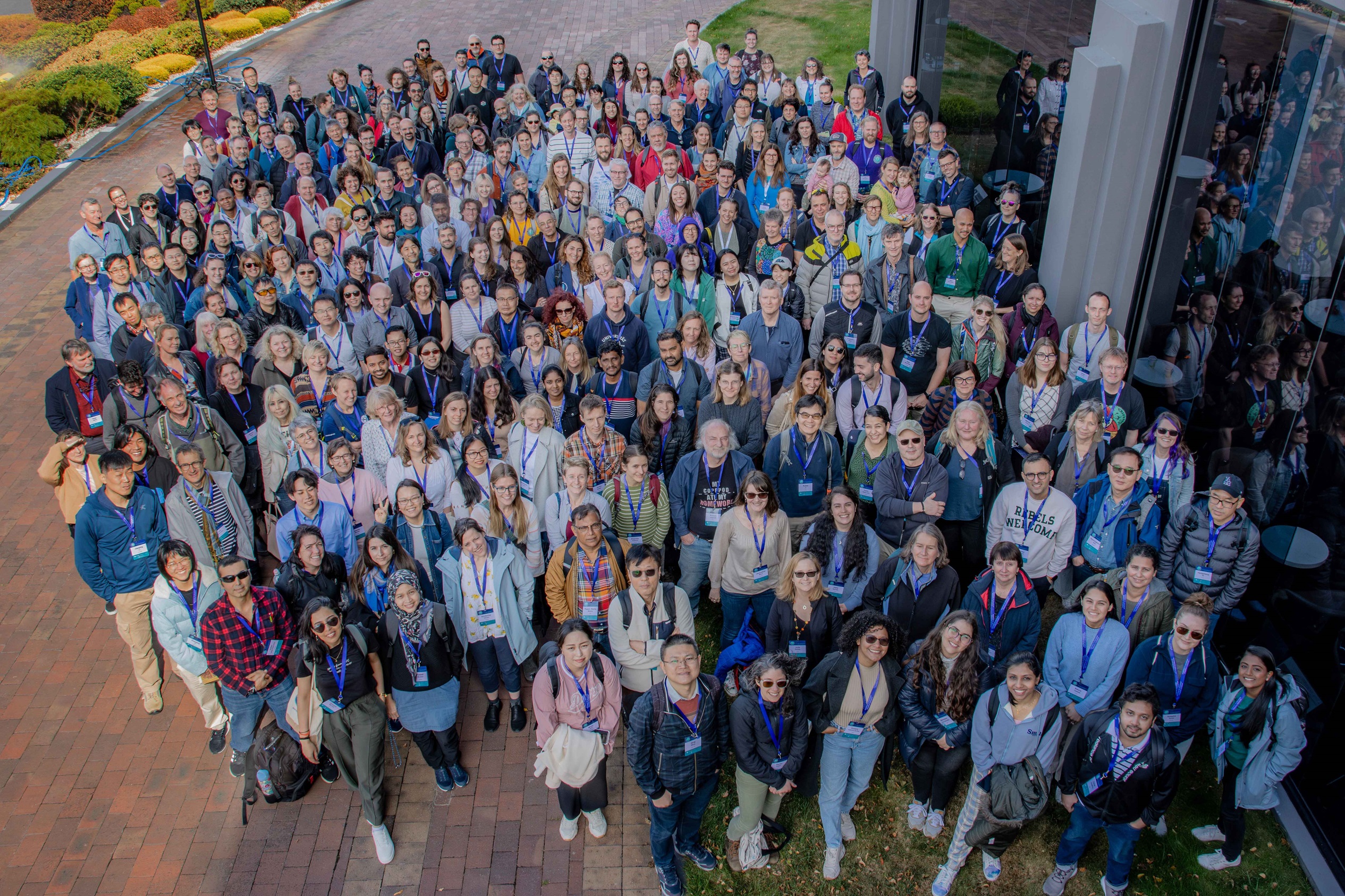SIAT's Advanced Tech Shines on World-class Marine Biology Symposium
Date:24-04-2024 | 【Print】 【close】
Marine zooplankton, including about 28,000 species like krill and jellyfish, are crucial for ocean health. They play key roles in carbon storage, climate regulation, food webs, and fisheries. As oceans face warming, acidification, pollution, and overfishing, understanding how zooplankton adapt is vital.
This requires integrating new technologies (imaging, acoustics, DNA analysis, etc.) with traditional methods (nets) and studies for better research.
Recently, Dr. LI Jianping's team from the Shenzhen Institute of Advanced Technology (SIAT) of the Chinese Academy of Sciences introduced their invented Imaging Plankton Probe (IPP), an in situ mesoplankton observation imager, and an end-to-end deep learning algorithm named IsPlanktonFE that can help IPP to extend its focus depth for ~7 times than usual, at the 7th International Zooplankton Production Symposium. This event was held in Hobart, Australia, from March 17th to 22nd, and Dr. LI served as the convener of Session 08 at the symposium.
This symposium gathered over 330 participants from over thirty countries and regions around the world, and offers a valuable forum to discuss zooplankton, their role in the global ecosystem, their sensitivity to change and the resultant effects on ecosystems.
LI Zhenping, a year-2 postgraduate at SIAT, presented their work on extending the imaging depth-of-field with artificial intelligence (AI).
As Zhenping drew her presentation to a close, she passionately sang the verse "Near~, far~, wherever you are~" from Celine Dion's iconic love song "My Heart Will Go On." This particular lyric beautifully illustrated the AI algorithm's capability to restore the blurred images of targets near or far from the focus into sharp ones. This ingenious metaphor received warm applause and smiles from the audiences.
Starting in 2022, CAS and Australia's Commonwealth Scientific and Industrial Research Organization (CSIRO) launched a joint project for advanced near shore plankton monitoring to boost the Blue Economy. The initiative involves multiple third-party units and aims for extensive trials in key marine zones across China and Australia, seeking to improve marine plankton and particulate observation technologies and tools for research.
SIAT leads the joint Sino-Australian project, aiming to enhance marine sensing technologies and integrate Australian expertise in plankton study and marine observation networks. Partnering with Chinese institutions like the Third Institute of Oceanography, Xiamen University, and others, SIAT will focus on advanced coastal monitoring methods. Dr. LI's team plans to create a smart AIoT-based plankton monitoring system for long-term trials in key maritime locations, including aquaculture and coral conservation areas, in both China and Australia.
"The objective is not only to enhance and innovate the observational capabilities of marine plankton and particulate matters," said Dr.LI, "but also to modernize and commercialize marine biological monitoring equipment’s."
In the future, the team hopes to provide effective technical means and instrumentation to address issues faced in the development of the blue ocean economy, such as the outbreak of harmful plankton, the degradation of coral reefs, and the blockage of cooling water intakes.

Several hundred attendees of the International Zooplankton Production Symposium. (Photo by Peter W Allen, University of Tasmania, Australia)